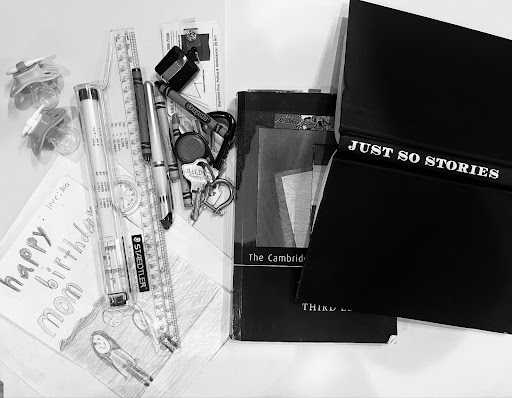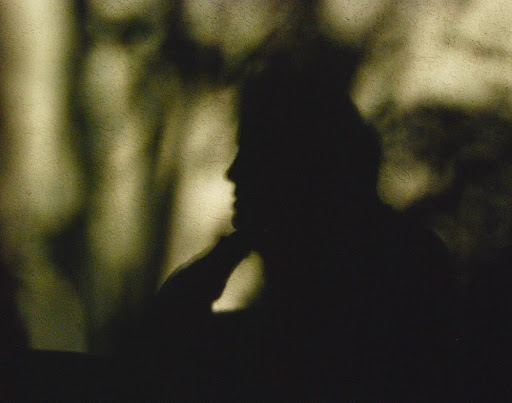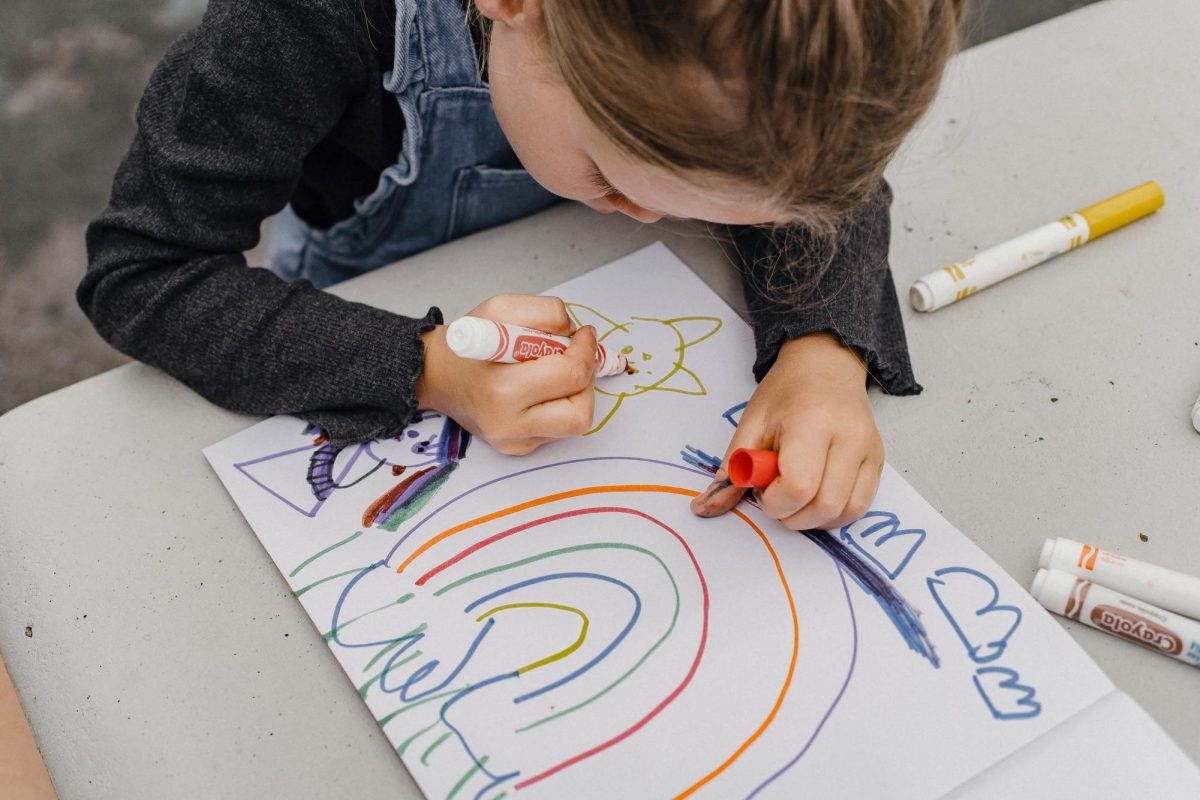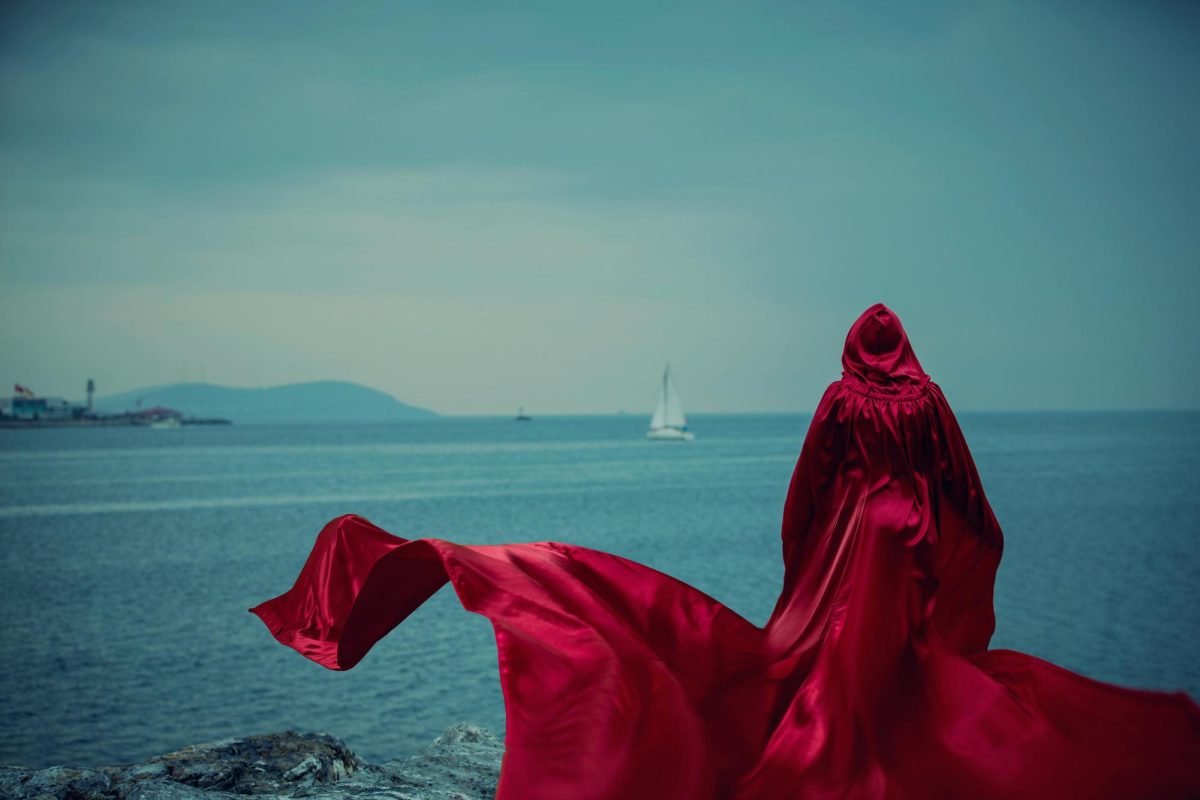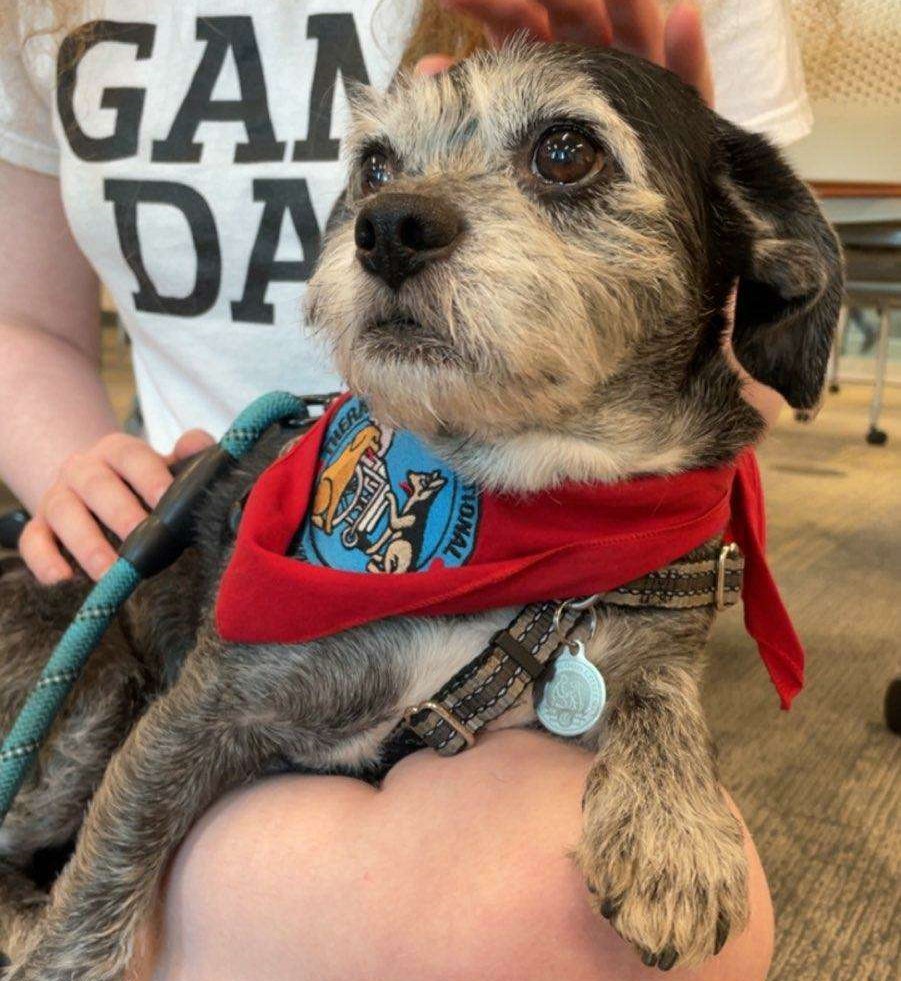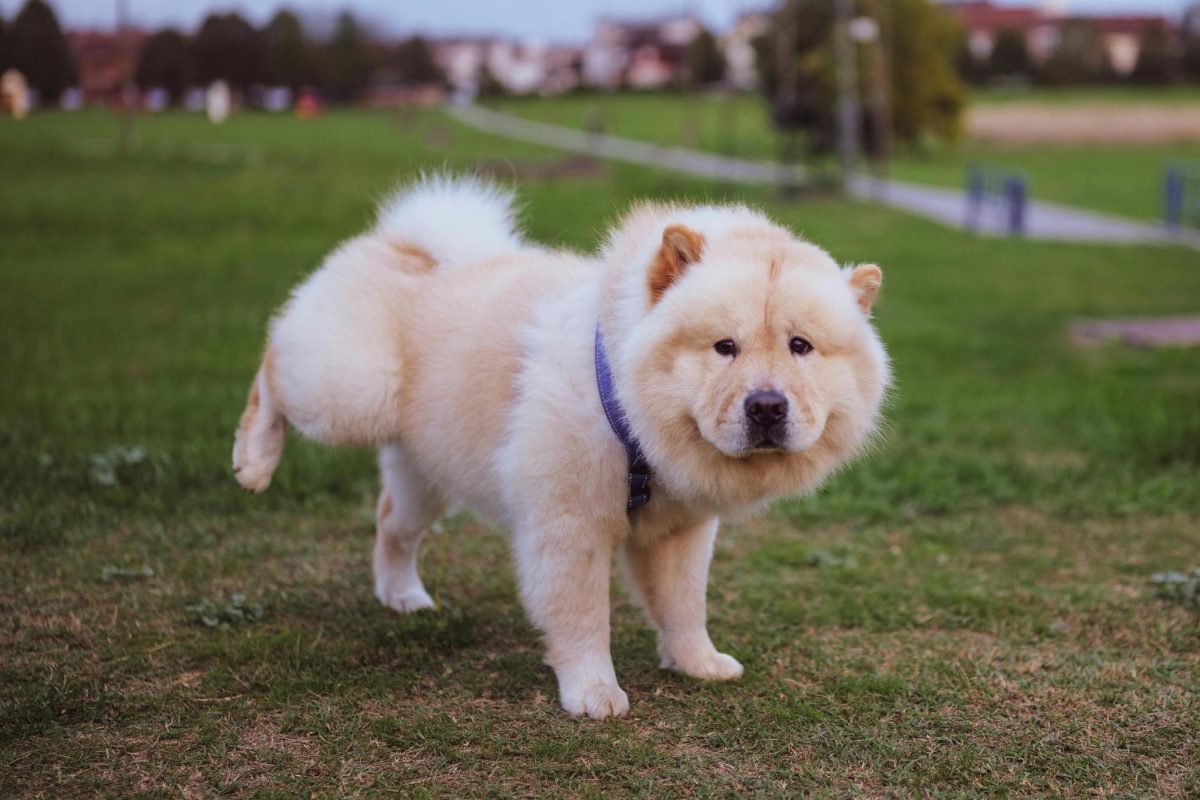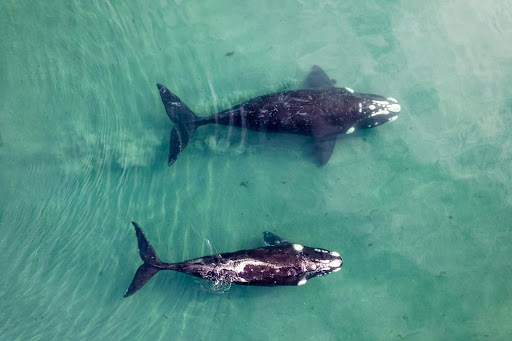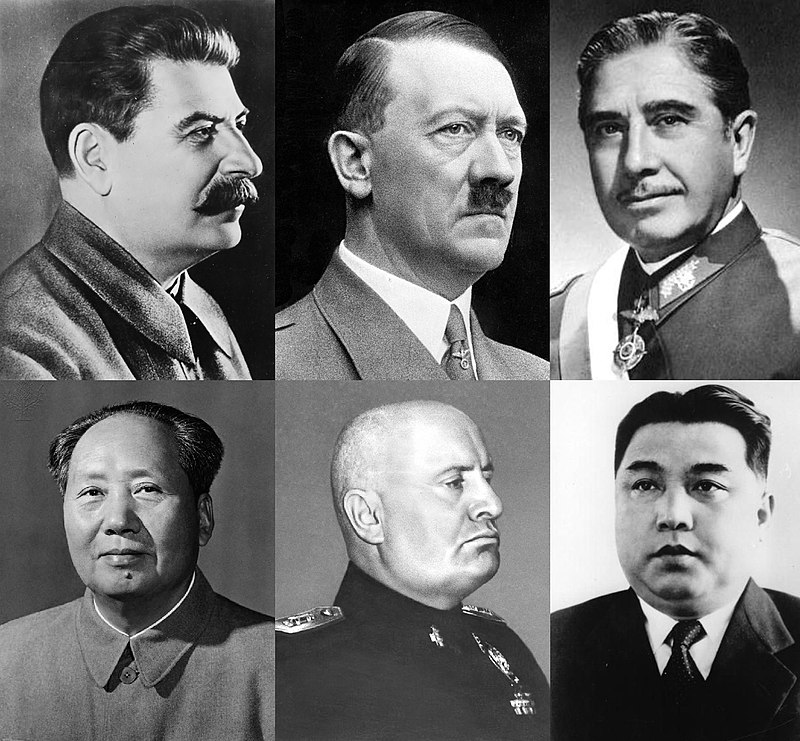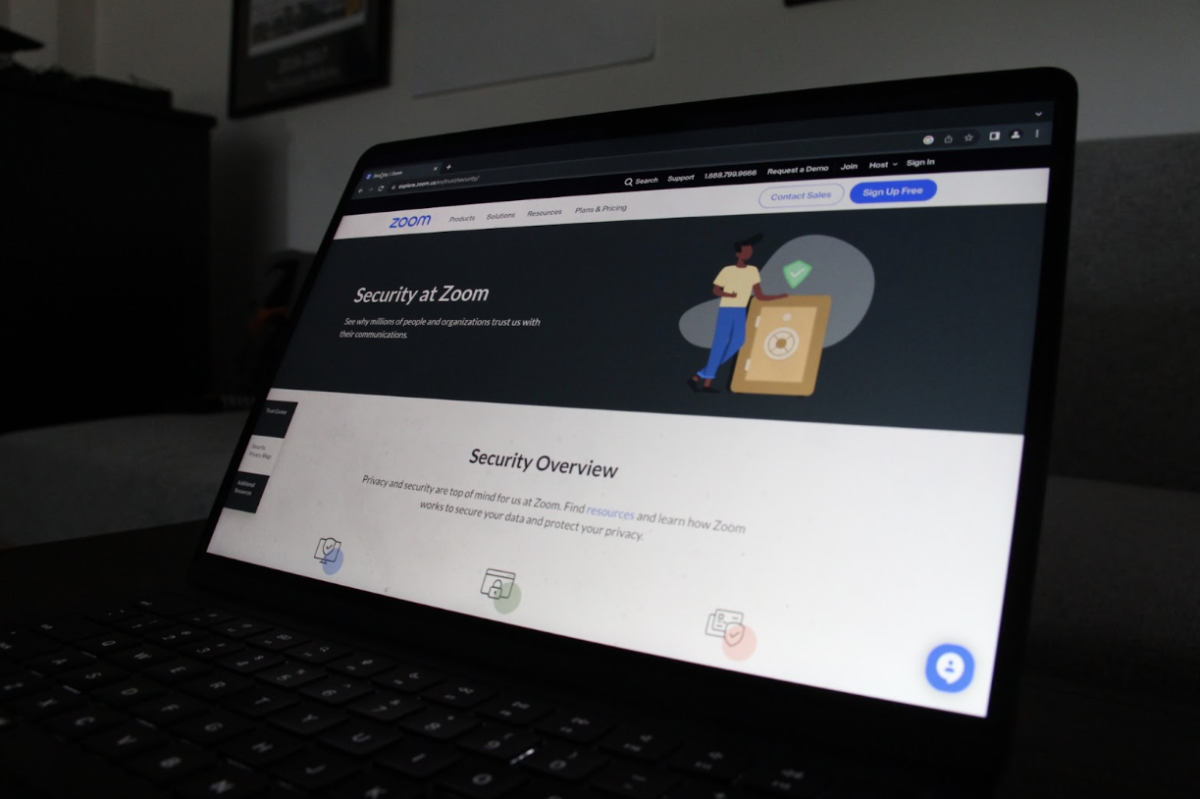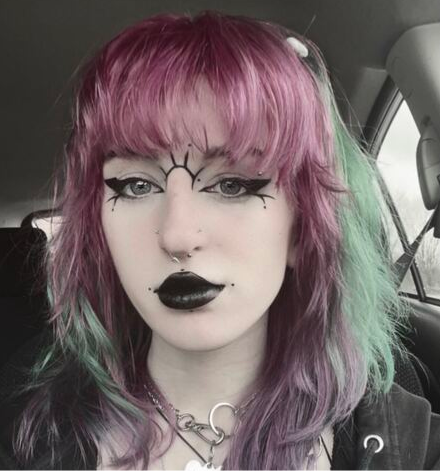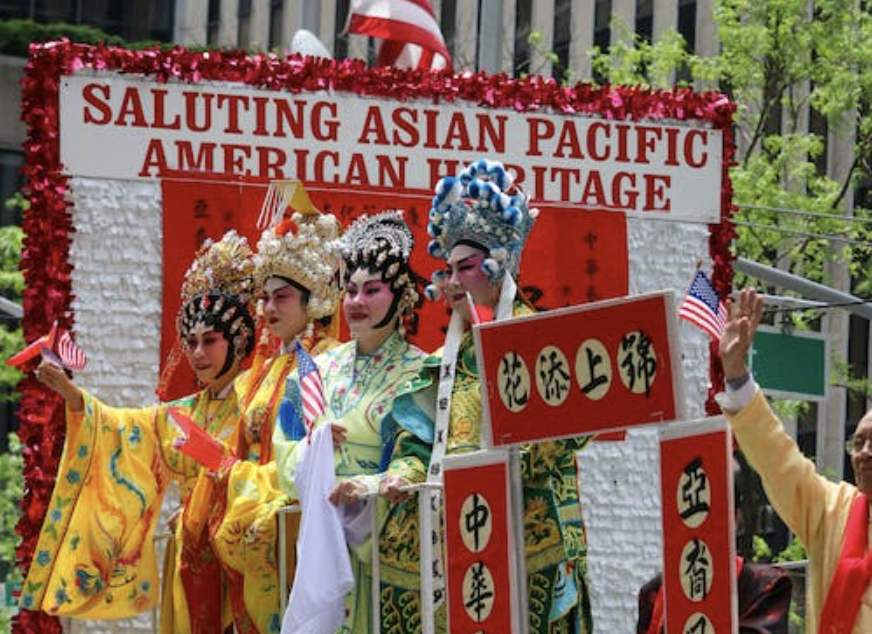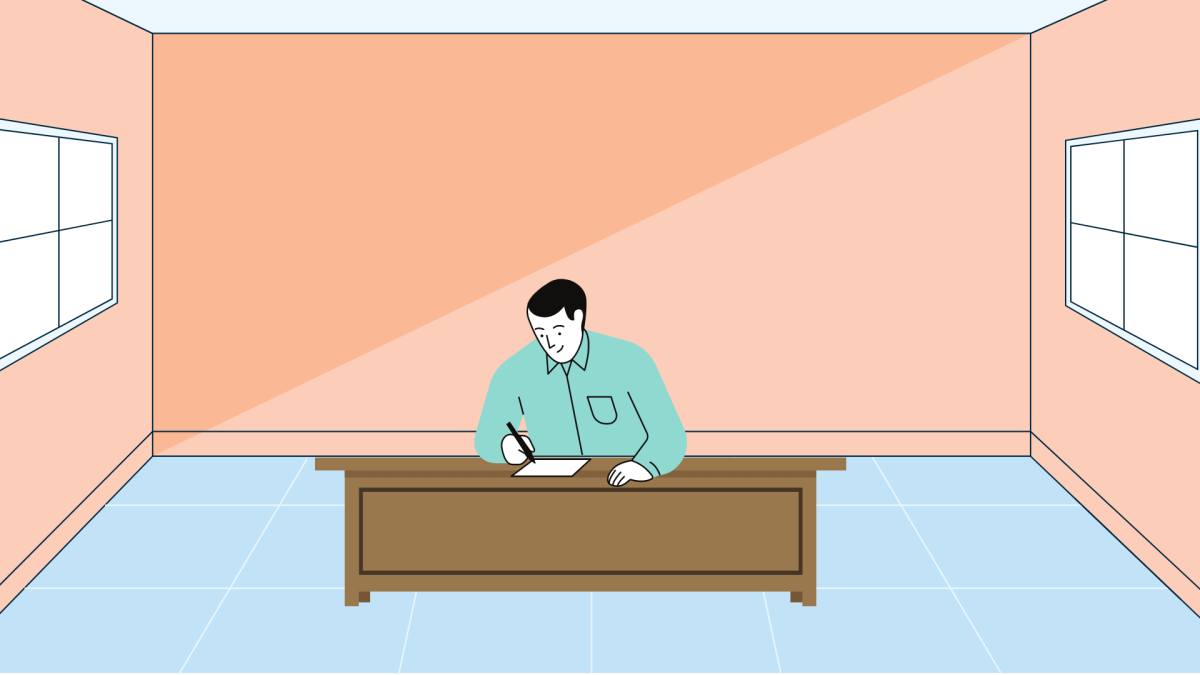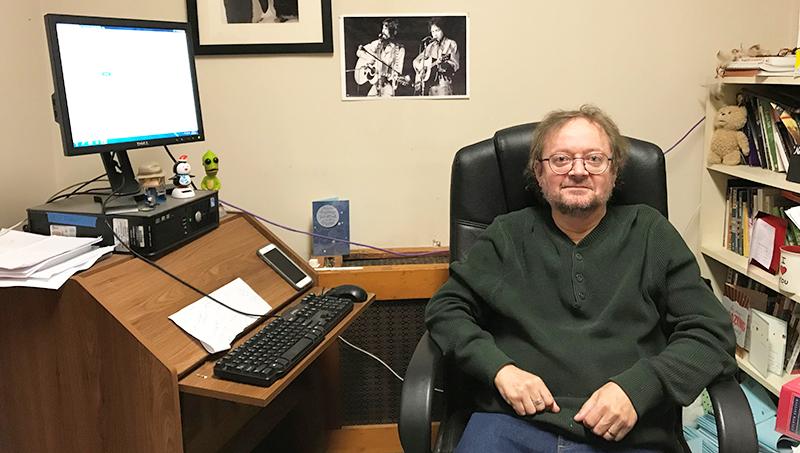To some, watching cartoons can conjure up images of sweaty, obnoxious, and much-too-old children eating jumbo cheese puffs in front of the television on Saturday mornings. With that in mind, I’m willing to bet whatever sad, spare change I have rolling around in my wallet that the first thing that comes to anyone’s mind when cartoons are mentioned in conversation are children. While it is true that cartoons are often and easily associated with children, animation has depicted overall adult themes and conduct since it was first created in the early 1900s.
However, the childish and peevish associations to cartoons are receding, and adult interest in cartoons is no longer seen as a social taboo or stigma. Many cartoons –– old and new –– deal with more sophisticated and mature themes and topics rather than merely primary colors and friendships.
An example of this is the easter eggs –– hidden references or clues –– aimed at adults that have always been a staple of children’s entertainment, ranging from themes of abuse and war to thinly veiled sex jokes. In contemporary animated children’s shows, this is a regular practice across all networks. The Disney XD series “Gravity Falls” is one of the many followers of this pattern. The series features stories that are akin to simple mysteries, as well as a depiction of the apocalypse, and as a result, a buffet of mature themes. Since the two main protagonists are children raised by their single great-uncle, the show also tackles subjects such as complex familial relationships and situations. The show also caters to kids using its animation style and more evidently, the lessons the main characters learn through the lens of their unusual family structure. Children who watch this show will learn that it is fine not to come from what is a socially accepted traditional family.
Other animated series such as “Avatar: The Last Airbender (ATLA)”–– which I am especially fond of, as will be noted throughout this Animation Analysis series –– and its spin-off “The Legend of Korra (LOK)” deal with politically, socially and culturally charged issues and themes that children are not likely to understand. “ATLA” (2008), which was influenced by a variety of Asian and indigenous cultures, featured a racially diverse cast of characters while tackling such themes, especially when compared to other popular children’s shows of the time. Similarly, “LOK” (2014) expertly navigated different topics in a post-war environment and the consequences of supremacy among elemental manipulators referred to as benders and additional political constructs. “LOK” even involved LGBTQ+ allusions that would be lost on a child, but blatant to more mature audiences. Both series attempt to develop their characters and gradually approach more adult subject matters while using engaging characters, humor and action scenes that appeal to younger audiences.
Another great example is “She-Ra and the Princess of Power,” a Netflix animated series about a teen with the ability to turn into a powerful heroine that leads a rebellion against the forces of evil alongside a handful of other mystical princesses. This show is one of the most LGBTQ+ inclusive and diverse shows on television, and a coming-of-age story about a girl discovering her destiny through the use of a magical sword, complete with rainbow transformations. The specific animation style, comedic timing and nuance of the series may appeal to children and younger viewers despite the arguably mature themes shown throughout the show.
It is important to note that in recent years, studios have taken to commissioning animation for mature audiences with more dramatic or intricate stories. With the exception of a few live-action projects, animation appears to be a perfect fit for ideas that are arguably too ambitious for most live-action productions. Kids’ shows, such as the aforementioned, have demonstrated not just that but also that cartoons can develop their characters and tackle more complex issues.
Despite their fanciful trappings and occasional infantile jokes, these shows that were marketed as children’s programs work hard to ground their characters’ difficulties in believable issues and emotions. And through the lens of the Analyzing Animation column, I will be exploring the themes of the animated series that were made for children, but are more intriguing and suitable for an adult and mature audience that can actually understand the overarching meaning of the work. This series will feature analyses of “ATLA,” “LOK,” “Gravity Falls,” “She-Ra and the Princess of Power,” “The Dragon Prince” and more, so grab your cheese puffs and stay tuned.

